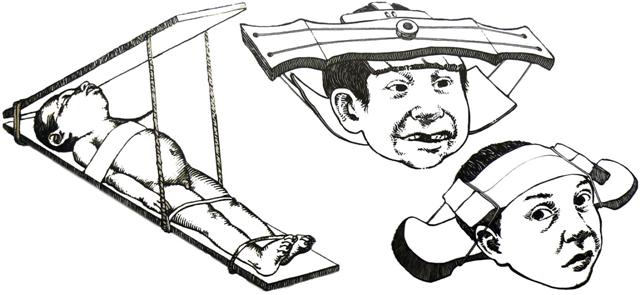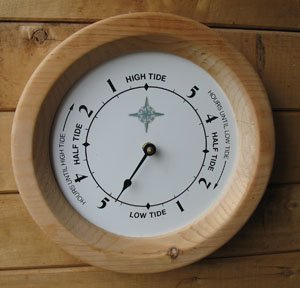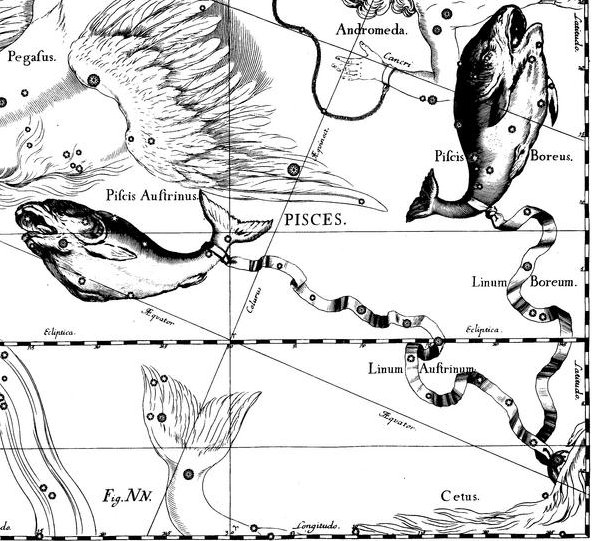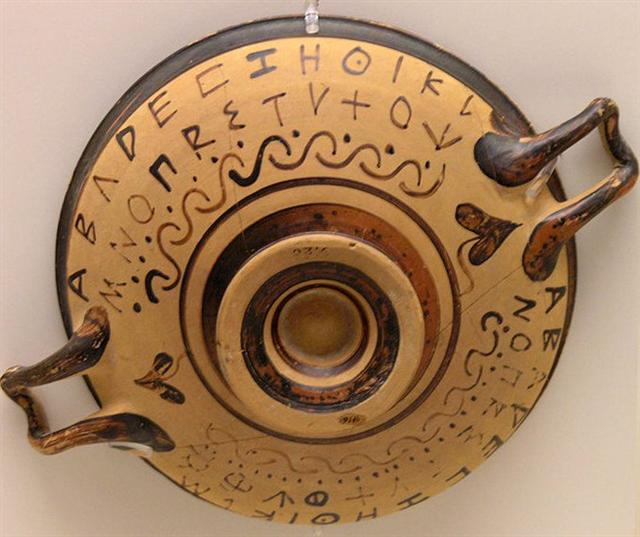The basic picture seems to be clear - a new one was born and the old one had to go. There must be death in life. Presumably this is why there should be a seat denoted X (Roman 10) below the 'governor' (the ruling power at the helm, i.e. the Pilot Agastya):
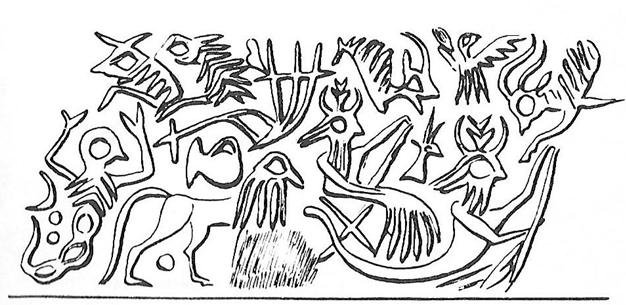  ... It is an interesting fact, although one little commented upon, that myths involving a canoe journey, whether they originate from the Athapaskan and north-western Salish, the Iroquois and north-eastern Algonquin, or the Amazonian tribes, are very explicit about the respective places allocated to passengers. In the case of maritime, lake-dwelling or river-dwelling tribes, the fact can be explained, in the first instance, by the importance they attach to anything connected with navigation: 'Literally and symbolically,' notes Goldman ... referring to the Cubeo of the Uaupés basin, 'the river is a binding thread for the people. It is a source of emergence and the path along which the ancestors had travelled. It contains in its place names genealogical as well as mythological references, the latter at the petroglyphs in particular.' A little further on ... the same observer adds: 'The most important position in the canoe are those of stroke and steersman. A woman travelling with men always steers, because that is the lighter work. She may even nurse her child while steering ... On a long journey the prowsman or stroke is always the strongest man, while a woman, or the weakest or oldest man is at the helm ...
Ninmah with child was sitting on a square in contrast to Eridu. And her headgear was boat-shaped:
The nightside journey by 'canoe' should be contrasted with the daylife journey - cfr the upper register in the illustration below - where no X is present:
The Sun is rising at the horizon in the east and he moves upwards to his apex (towards his 'sex change' at noon into 'female'). ... When this tremendous task had been accomplished Atea took a third husband, Fa'a-hotu, Make Fruitful. Then occurred a curious event. Whether Atea had wearied of bringing forth offspring we are not told, but certain it is that Atea and her husband Fa'a-hotu exchanged sexes. Then the [male] eyes of Atea glanced down at those of his wife Hotu and they begat Ru. It was this Ru who explored the whole earth and divided it into north, south, east, and west ...
... The Mnajdra Temple is located on Malta and very ancient, dating to the time before the pyramids. Marija Gimbutas: 'To sleep within the Goddess's womb was to die and to come to life anew'. In a system of reincarnation the old one must die in order to be reborn, of course. At midsummer Sun comes to a standstill, and this must therefore be an occasion when the 'flame of life' had to be transported into a new body ... Beyound the horizon in the west the journey would then continue further down but now in the opposite direction (withershins) in order to return to the horizon in the east next morning, here possibly denoted by the sign of X in contrast to the sign Φ for the horizon in the east.
Oho. 1. To go: ka-oho! go! go away! (i.e. 'goodbye' said by the person staying behind); ka-oho-mai (very often contracted to: koho-mai), welcome! (lit.: come here); ku-oho-á te tagata, the man has gone. Ohoga, travel, direction of a journey; ohoga-mai, return. 2. Also rauoho, hair. Vanaga. 1. To delegate; rava oho, to root. 2. To go, to keep on going, to walk, to depart, to retire; ka oho, begone, good-bye; oho amua, to preced; oho mai, to come, to bring; oho arurua, to sail as consorts; hakaoho, to send, a messenger. 3. Tehe oho te ikapotu, to abut, adjoin; mei nei tehe i oho mai ai inei te ikapotu, as far as, to; kai oho, to abstain, to forego; hakaoho, to put on the brakes. 4. The head (only in the composite rauoho, hair). Churchill.
At right in the lower register a sacred Ziggurat figure will be securely built: ... The Mesopotamian cylinder seal shows in the upper part the 'God Boat'; in the lower part people are building a ziggurat, the proposition being that the boat is bringing the me from Eridu-Canopus, the measures of creation ... ... The king was the center, as a human representative of the power made celestially manifest either in the sun or the moon, according to the focus of the local cult; the walled city was organized architecturally in the design of a quartered circle (like the circles designed on the ceramic ware of the period just preceeding), centered around the pivotal sanctum of the palace or ziggurat (as the ceramic designs around the cross, rosette, or swastika); and there was a mathematically structured calendar to regulate the seasons of the city's life according to the passages of the sun and moon among the stars - as well as a highly developed system of liturgical arts, including music, the art rendering audible to human ears the world-ordering harmony of the celestial spheres ... ... The shaman climbing the 'stairs' or notches of his post or tree, pretending that his soul ascends at the same time to the highest sky, does the very same thing as the Mesopotamian priest did when mounting to the top of his seven-storied pyramid, the ziqqurat, representing the planetary spheres ... ... In the morning of the world, there was nothing but water. The Loon was calling, and the old man who at that time bore the Raven's name, Nangkilstlas, asked her why.
'The gods are homeless', the Loon replied. 'I'll see to it', said the old man, without moving from the fire in his house on the floor of the sea.
Then as the old man continued to lie by his fire, the Raven flew over the sea. The clouds broke. He flew upward, drove his beak into the sky and scrambled over the rim to the upper world. There he discovered a town, and in one of the houses a woman had just given birth. The Raven stole the skin and form of the newborn child. Then he began to cry for solid food, but he was offered only mother's milk. That night, he passed through the town stealing an eye from each inhabitant. Back in his foster parents' house, he roasted the eyes in the coals and ate them, laughing. Then he returned to his cradle, full and warm. He had not seen the old woman watching him from the corner - the one who never slept and who never moved because she was stone from the waist down. Next morning, amid the wailing that engulfed the town, she told what she had seen. The one-eyed people of the sky dressed in their dancing clothes, paddled the child out to mid-heaven in their canoe and pitched him over the side ... Thus this was in order to secure the return from the top end (mauga) in the morning of the next year.
... They all sat down and rested [on the plain of Oromanga], when suddenly they saw that a turtle had reached the shore and had crawled up on the beach. He [Ira] looked at it and said, 'Hey, you! The turtle has come on land!' He said, 'Let's go! Let's go back to the shore.' They all went to pick up the turtle. Ira was the first one to try to lift the turtle - but she didn't move. Then Raparenga said, 'You do not have the necessary ability. Get out of my way so that I can have a try!' Raparenga stepped up and tried to lift the turtle - but Raparenga could not move her. Now you spoke, Kuukuu: 'You don't have the necessary ability, but I shall move this turtle. Get out of my way!' Kuukuu stepped up, picked up the turtle, using all his strength. After he had lifted the turtle a little bit, he pushed her up farther. No sooner had he pushed her up and lifted her completely off the ground when she struck Kuukuu with one fin. She struck downward and broke Kuukuu's spine.The turtle got up, went back into the (sea) water, and swam away.
All the kinsmen spoke to you (i.e. Kuukuu): 'Even you did not prevail against the turtle!' They put the injured Kuukuu on a stretcher and carried him inland. They prepared a soft bed for him in the cave and let him rest there. They stayed there, rested, and lamented the severely injured Kuukuu. Kuukuu said, 'Promise me, my friends, that you will not abandon me!' They all replied, 'We could never abandon you!' They stayed there twenty-seven [27] days in Oromanga. Everytime Kuukuu asked, 'Where are you, friends?' they immediately replied in one voice, 'Here we are!' They all sat down and thought. They had an idea and Ira spoke, 'Hey, you! Bring the round stones (from the shore) and pile them into six heaps of stones!' One of the youths said to Ira, 'Why do we want heaps of stone?' Ira replied, 'So that we can all ask the stones to do something.' They took (the material) for the stone heaps (pipi horeko) and piled up six heaps of stone at the outer edge of the cave. Then they all said to the stone heaps, 'Whenever he calls, whenever he calls for us, let your voices rush (to him) instead of the six (of us) (i.e., the six stone heaps are supposed to be substitutes for the youths). They all drew back to profit (from the deception) (? ki honui) and listened. A short while later, Kuukuu called. As soon as he had asked, 'Where are you?' the voices of the stone heaps replied, 'Here we are!' All (the youths) said, 'Hey, you! That was well done!' ... [E:27-30] And at left in the top register the lion(ess) appears to have donned a 'false beard' like the queen-king Hatshepsut
seemingly in form of the Stolen! (Gouyo!) Skin of the Golden Calf:
... Let's go back before we are completely lost. Teke (the Occiput) stole 39 variants of water yam roots from his brother Ma'eha, leaving the positions of Adhil and Mira in peace. But 39 variants were Stolen! (Gouyo!): Ma'eha. Brightness, bright, to lighten, to brighten up; ku ma'eha-á, it has already lightened up. Vanaga. 1. Light, brightness; to shine, to be bright, to glimmer, to glow; maeha mahina, moonshine; maeharaa, sunrise. Maehamaeha, bright. Hakamaeha, to brighten. Mq.: maeoeo, bright, transparent. 2. To get out of the way. 3. Thin, slender, slight. Churchill.
... All was now ready for departure except that there was no fire in the smithy. The ancestor slipped into the workshop of the great Nummo, who are Heaven's smiths, and stole a piece of the sun in the form of live embers and white-hot iron. He seized it by means of a 'robber's stick' the crook of which ended in a slit, open like a mouth. He dropped some of the embers, came back to pick them up, and fled towards the granary; but his agitation was such that he could no longer find the entrances. He made the round of it several times before he found the steps and climbed onto the flat roof, where he hid the stolen goods in one of the skins of the bellows, exclaiming: 'Gouyo!', which is to say. 'Stolen!'. The word is still part of the language, and means 'granary'. It is a reminder that without the fire of the smithy and the iron of hoes there would be no crops to store ...
The 6 persons down in the register below seem to be women, as judged from their 'banana leave skirts', and presumably they represented Tau-ono (the 6 women of the Pleiades). ... The Mahabharata insists on six as the number of the Pleiades as well as of the mothers of Skanda and gives a very broad and wild description of the birth and the installation of Kartikeya 'by the assembled gods ... as their generalissimo', which is shattering, somehow, driving home how little one understands as yet. The least which can be said, assuredly: Mars was 'installed' during a more or less close conjunction of all planets; in Mbh. 9.45 (p. 133) it is stressed that the powerful gods assembled 'all poured water upon Skanda, even as the gods had poured water on the head of Varuna, the lord of waters, for investing him with dominion'. And this 'investiture' took place at the beginning of the Krita Yuga, the Golden Age ... The Beard below the Face could thus have symbolized the flow of sweet running water, i.e. the work on the high peaks.
Mauga. Maúga. 1. Last; aga maúga o te Ariki o Hotu Matu'a, King Hotu Matua's last work. 2. Hill, mountain. Mouga, moúga. Last; vânaga moúga o te Ariki O Hotu Matu'a, the last words of King Hotu Matu'a. Vanaga. Mauga kore, impalpable. Mouga. 1. Enough, that's all, at last. 2. Mountain, ridge of hills; mouga iti, hillock; tua mouga, mountain top; hiriga mouga; hillside, declivity, slope. P Pau.: mahuga, mountain. Mgv.: mou, maga, mountain. Mq.: mouna, mouka, peak or crest of a mountain. Ta.: maua, moua, mountain. 3. Extinction, end, interruption, solution; te mouga o te hiriga, end of a voyage; pagaha mouga kore, without consolation. 4. To get. Churchill.
... When the man, Ulu, returned to his wife from his visit to the temple at Puueo, he said, 'I have heard the voice of the noble Mo'o, and he has told me that tonight, as soon as darkness draws over the sea and the fires of the volcano goddess, Pele, light the clouds over the crater of Mount Kilauea, the black cloth will cover my head. And when the breath has gone from my body and my spirit has departed to the realms of the dead, you are to bury my head carefully near our spring of running water. Plant my heart and entrails near the door of the house. My feet, legs, and arms, hide in the same manner. Then lie down upon the couch where the two of us have reposed so often, listen carefully throughout the night, and do not go forth before the sun has reddened the morning sky. If, in the silence of the night, you should hear noises as of falling leaves and flowers, and afterward as of heavy fruit dropping to the ground, you will know that my prayer has been granted: the life of our little boy will be saved.' And having said that, Ulu fell on his face and died ... The 'ashes' (te kihikihi) would once again make the earth fruitful (kua tupu):
|
||||||||||||||||||||||||||||||||||||||||||||||||||||||||||||||||||||||||||||||||||||||||||||||||||||||||||||||||||||||||||||||||||||||||||||||||||||||||||||||||||||||||||||||||||||||||||||||||||||||||||||||||||||||

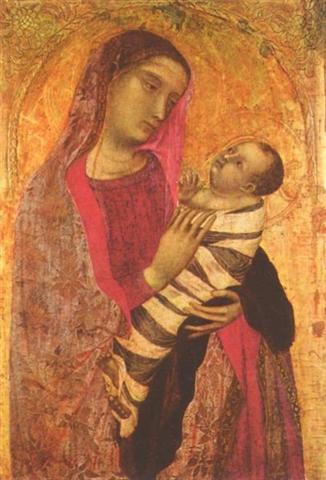



.jpg)




.jpg)
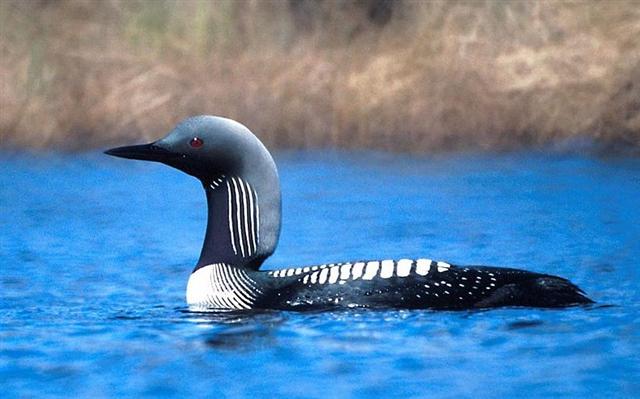
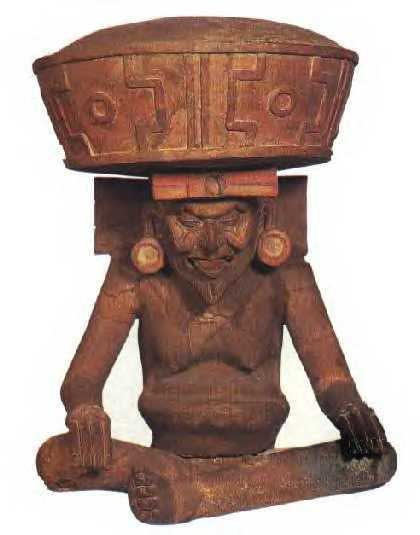




.jpg)
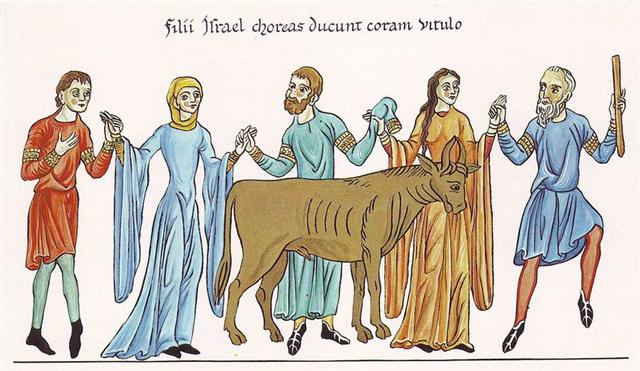

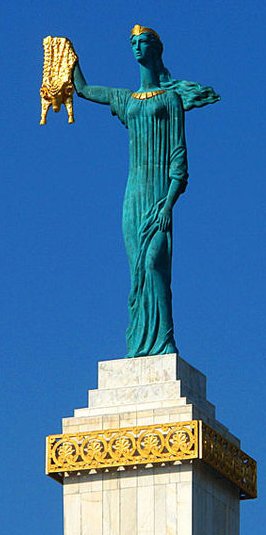




.jpg)

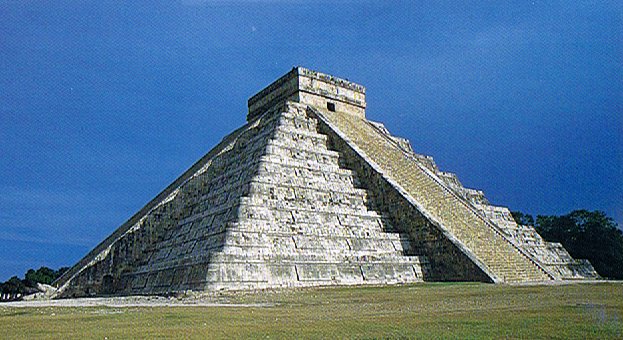
.jpg)




